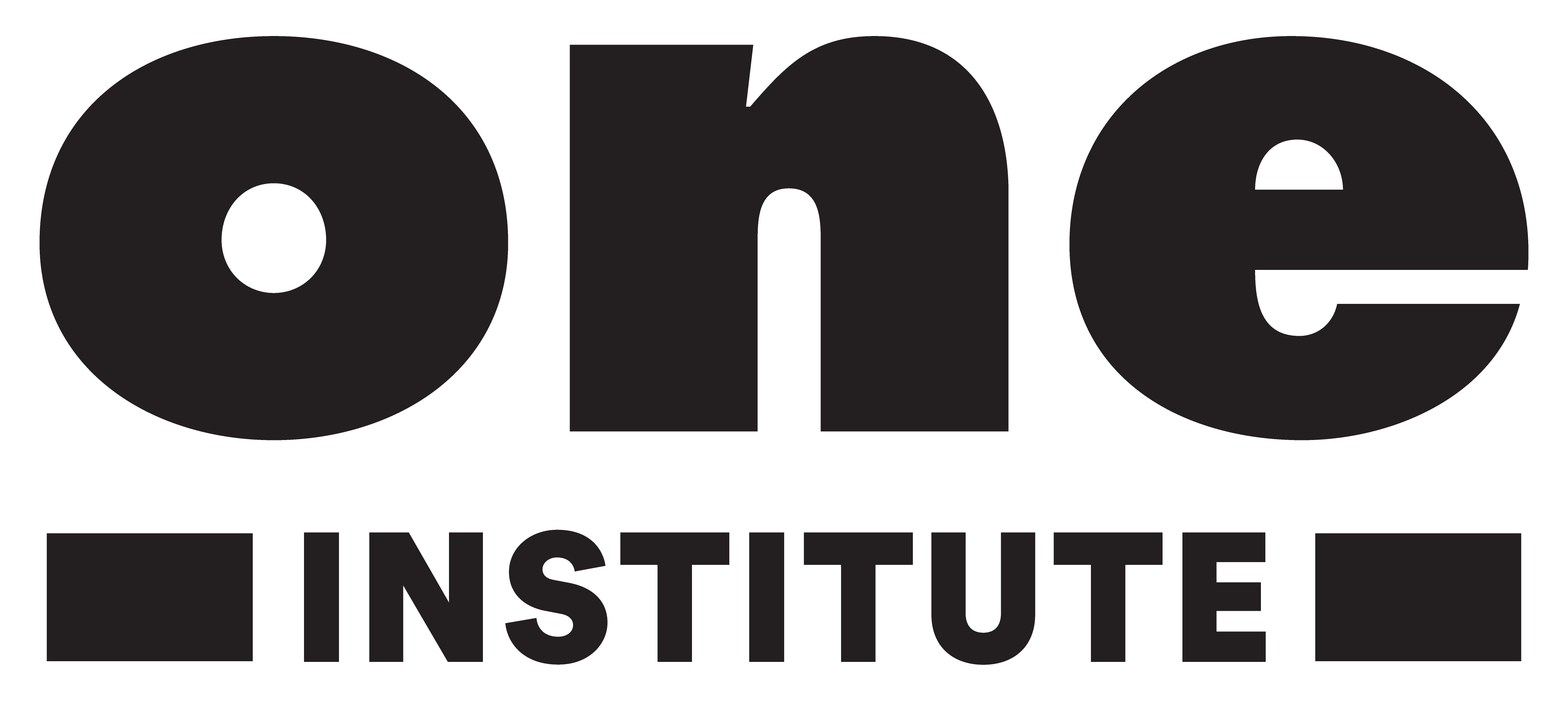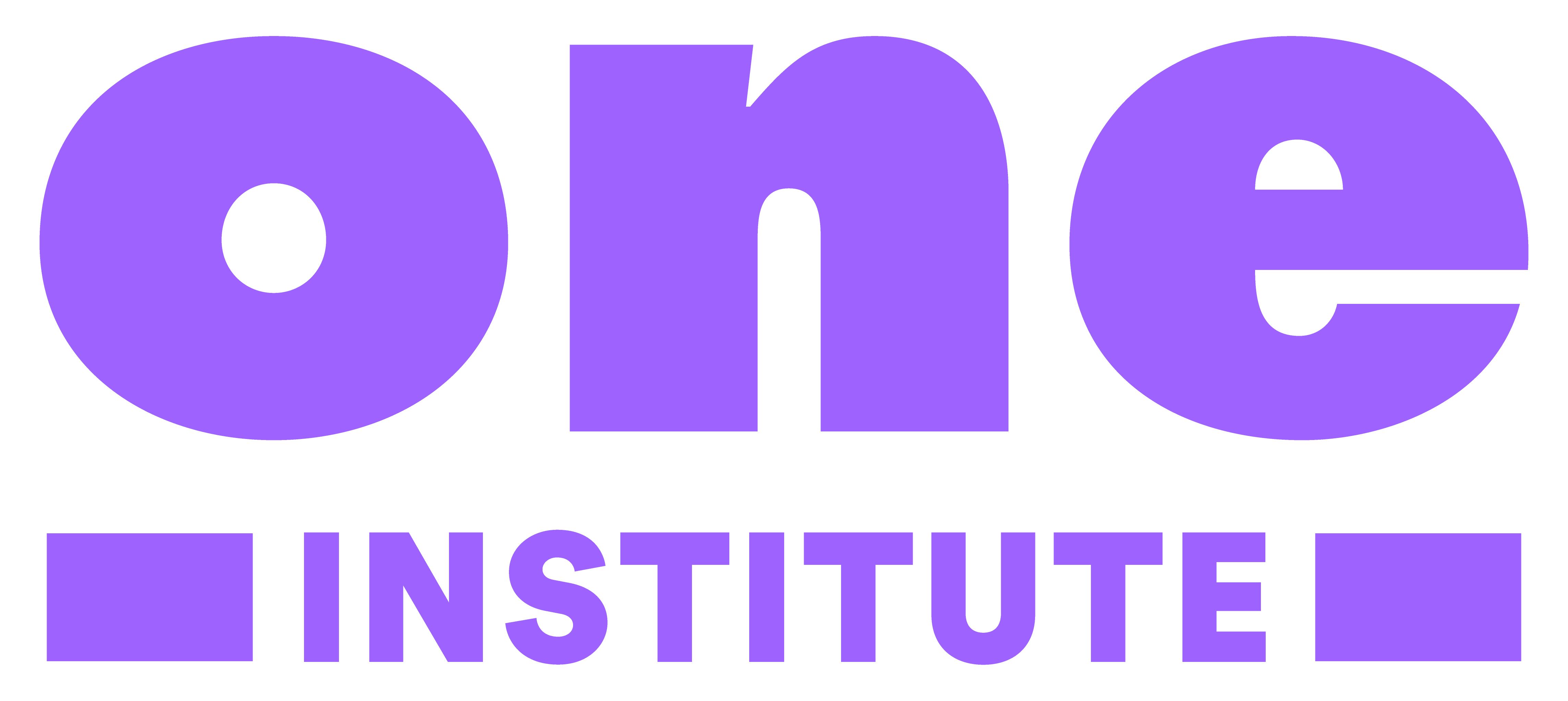FAIR Education Act
July 14, 2016
The One Institute is proud to be a partner for the FAIR Education Act. On July 14 2016, The California State Board of Education made the FAIR Education Act a reality. The new, groundbreaking History/Social Science Framework provides teachers with the resources to teach about LGBTQ history, which has previously been left out of history classes, creating Fair, Accurate, Inclusive, and Respectful curricula.
Thanks to our coalition partners and all of you have advocated for this historic change!
Below is the press release announcing the new California History/Social Science Framework.
FOR IMMEDIATE RELEASE
LGBT Advocates and Scholars Applaud New California History/Social Science Framework
Sacramento, CA The California State Board of Education announced today that it has adopted a new History/Social Science Framework. The Framework sets out guidelines for K12 schools to implement content standards for history and social science instruction. Among the many changes made to the Framework, LGBT people and their contributions to California and US history are accurately represented for the first time.
The History/Social Science Framework aligns with current historical scholarship on LGBT people by including key historical figures, essential moments in the struggle for equality, and the evolution of communities and identities. Content related to LGBT history has been incorporated in multiple grade levels throughout elementary, middle, and high school.
The new Framework complies with the Fair, Accurate, Inclusive, and Respectful Education Act of 2012 (FAIR Education Act), which ensures that important contributions by LGBT Americans and people with disabilities are no longer excluded from history education. The FAIR Education Act added these groups to an existing list of underrepresented groups already in the state’s longstanding inclusionary education requirement.
“The new Framework’s thorough inclusion of history of LGBT people, events, and issues reflects the substantial professional scholarship in this area that has been produced over the past four decades,” said Don Romesburg, Framework Director of the Committee on LGBT History. “It allows all students to think critically and expansively about how that past relates to the present and future roles that they can play in an inclusive and respectful society.”
The new History/Social Science Framework provides teachers with a guide for what content about LGBT people to incorporate into the key concepts, frameworks, and events of U.S. history already taught in history classes. School districts will determine the specific curriculum for their students.
“For the last few years, since the FAIR Education Act passed I’ve been teaching my 11th grade US history students about the LGBT civil rights movement. For many, it has been the first time they have experienced LGBT content in the classroom,” said Miguel Covarrubias, teacher at Franklin High School in Highland Park. “Some are initially uncomfortable until they realize it’s just about history, while for others, it makes a huge difference to know how they are part of the evolving American story. I look forward to using the new History/Social Science Framework to extend my teaching about LGBT people across the history curriculum.”
For the past two years, LGBTQ youth and advocacy organizations such as Our Family Coalition, GSA Network, Equality California, Los Angeles LGBT Center, and the ACLU along with parents and educators, have worked to ensure that the History/Social Science Framework is LGBT-inclusive. They have been joined by the Committee on LGBT History, an affiliated society of the American Historical Association, which assembled twenty leading scholars of LGBT history across the U.S. to make research informed and evidence-based recommendations for LGBT-related Framework revisions.
“F or the first time, the History/Social Science Framework guides teachers as to what LGBT content to include that is historically accurate and appropriate for each grade level, which is an important step toward shedding light on the important inclusion of LGBT people in our history,” said Judy Appel, Executive Director of Our Family Coalition and member of the Berkeley School Board. “Local schools and teachers will have the flexibility to determine how that content will be taught in specific lesson plans.”
The new Framework will facilitate schools’ LGBT-inclusive curricula and help create learning environments where students can thrive. By seeing themselves reflected, LGBTQ students are validated, which builds stronger opportunities for their academic and social success. LGBT-inclusive curricula also benefits all students by improving overall school climate.
“I really liked learning about Stonewall and Harvey Milk in my AP US History class this past year,” said Allyson Chiu, a rising senior at Cupertino High School in the San Francisco Bay Area. “But I still encountered a lot of misunderstanding and ignorance about LGBT people from my classmates. If all California students started in earlier grades and learned about LGBT people across the entire history of the United States, imagine how much more welcoming and safe schools would be.”
“Through our partnership with school districts across the state, we have witnessed the laborious but triumphant emergence of leaders in school communities advocating for LGBT-inclusive history,” said Joey Hernández, Educational Policy and Programs Manager for the Los Angeles LGBT Center. “Now, with the aid of the new Framework, we no longer have to depend solely on these leaders as examples, but look forward to them joining a statewide foundation of inclusive classrooms.”
“California has long been a leader in acknowledging and advancing the rights of LGBTQ Californians,” said Melissa Goodman, Director of the ACLU of Southern California’s LGBTQ, Gender and Reproductive Justice Project. “Today California has taken yet another step to affirm our shared values of inclusivity and fairness by providing our schools with the necessary framework and guidelines to implement the FAIR Education Act’s LGBT-inclusive history requirements.”



